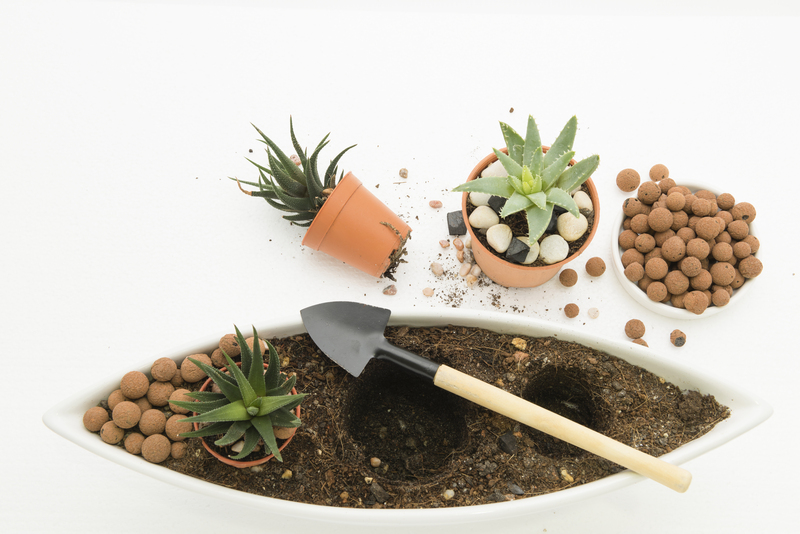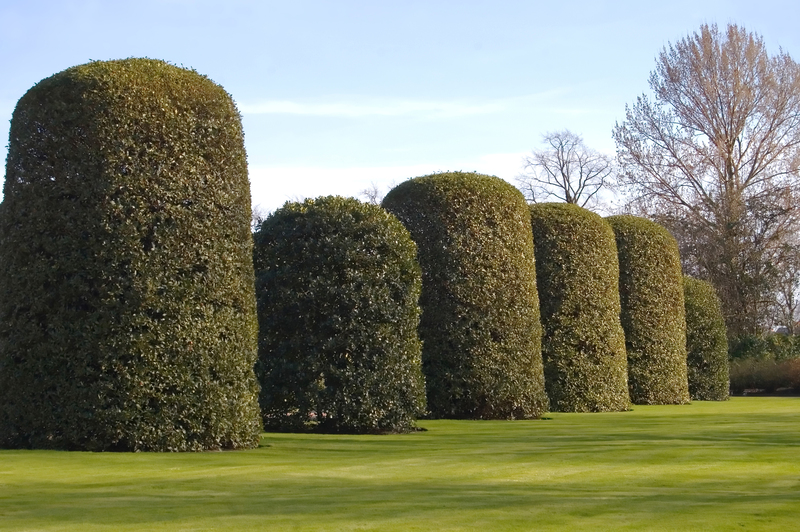When it comes to choosing the right grass for your lawn, understanding the various types of cool-season grasses is essential. These grasses thrive in cooler climates and are known for their ability to stay green and healthy during fall and spring. This article will explore different types of cool-season grasses, their unique features, and factors to consider when selecting the best grass for your needs.
Characteristics of Cool-Season Grasses
Cool-season grasses are typically grown in regions with temperate climates, where temperatures range between 60?F and 75?F. These grasses grow actively in the spring and fall, becoming dormant or slowing down during the hot summer months. Key characteristics include:
- Strong root systems that help them survive winter.
- Tolerance to cooler temperatures and shorter daylight hours.
- High disease resistance compared to warm-season grasses.

Types of Cool-Season Grasses
Kentucky Bluegrass (Poa pratensis)
Kentucky Bluegrass is one of the most popular cool-season grasses due to its beautiful, lush appearance and durability. It is known for its fine-to-medium blade, bright green color, and dense growth. Ideal for lawns, athletic fields, and parks, this grass requires well-drained soil and regular watering.
Fescue (Festuca spp.)
Fescue grasses come in several varieties, including tall fescue, fine fescue, and creeping red fescue. They are highly adaptable and can tolerate a range of soil types and conditions. Tall fescue is particularly known for its deep root system, which provides excellent drought resistance. Fine fescue is ideal for shaded areas and requires less maintenance.
Perennial Ryegrass (Lolium perenne)
Perennial Ryegrass is a fast-germinating cool-season grass known for its fine texture and bright green color. It is commonly used in lawns, golf courses, and athletic fields due to its rapid establishment and wear tolerance. However, it requires frequent mowing and maintenance to stay healthy.
Factors to Consider When Choosing Cool-Season Grass
Selecting the right cool-season grass for your lawn involves considering several factors:
- Climate: Ensure the grass type is suitable for the temperature range and weather conditions in your area.
- Soil Type: Different grasses thrive in different soil types. Test your soil to determine its pH and nutrient levels.
- Maintenance: Consider the amount of time and effort you can dedicate to maintaining your lawn.
- Shade Tolerance: Some grasses perform better in shaded areas, while others require full sun.
Pros and Cons of Cool-Season Grass Types
Kentucky Bluegrass
Pros: Attractive appearance, high wear tolerance, excellent recovery rate.
Cons: Requires frequent watering and fertilization, susceptible to thatch buildup.
Fescue
Pros: Drought-resistant, shade-tolerant, low maintenance.
Cons: Can sometimes form clumps, slower to establish compared to other grasses.
Perennial Ryegrass
Pros: Quick germination, bright green color, good wear tolerance.
Cons: Requires frequent mowing, less heat tolerant.
Tips for Maintaining Cool-Season Grasses
- Watering: Deep and infrequent watering encourages deep root growth. Avoid overwatering to prevent diseases.
- Mowing: Mow at the recommended height to promote healthy growth. Avoid cutting more than one-third of the grass blade at a time.
- Fertilization: Apply a balanced fertilizer during the growing season to provide essential nutrients.
- Aeration: Aerate your lawn annually to reduce soil compaction and improve air and water movement.
- Disease Management: Keep an eye out for common lawn diseases and treat them promptly to prevent spreading.

Key Takeaways
- Understand the unique characteristics and requirements of different cool-season grasses to make an informed decision.
- Consider climate, soil type, and maintenance levels when selecting the best grass for your lawn.
- Regular watering, mowing, fertilization, and aeration are essential for maintaining a healthy cool-season lawn.
Conclusion
Selecting the right cool-season grass for your lawn can significantly impact its overall health and appearance. By understanding the characteristics, pros, and cons of various grass types, and considering factors such as climate, soil, and maintenance, you can make an informed choice that will keep your lawn lush and vibrant year-round. Regular maintenance, including proper watering, mowing, fertilization, and aeration, is key to ensuring your cool-season grass thrives.





